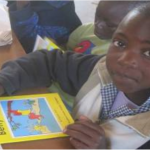How do teaching and learning materials help?
March 25, 2015 Focusing on access is one half of the battle to improve education in Zambia. The other half is quality. While school infrastructure is obviously important, it is what children do once their in the classroom that really counts.
Focusing on access is one half of the battle to improve education in Zambia. The other half is quality. While school infrastructure is obviously important, it is what children do once their in the classroom that really counts.
One of the key factors contributing to improved educational quality is the provision of teaching and learning materials in schools. Students are likely to be less confident, less engaged in learning and less encouraged to think critically. Exam results suffer as lessons are taught in university style, with teachers assuming the role of lectures at the blackboard. Without stimulating teaching and learning materials, the teachers struggle to keep the children engaged and focused throughout the lessons. A lecturing teaching methodology simply does not work with primary school children.
Teaching and learning materials include the following:
Maps, wall charts and flip charts
- Masking tape
- Marker pens, crayons, water and oil paints
- Glue and scissors
- Lesson plan books
- Abacus
- Blackboard geometry set
- Class progress record books
- Painting brushes
- Flash cards
- Soft boards and pins
- Scientific models
- Slates
- Toys
Teachers can also use supplementary learning materials, which include:
– Books, newspapers, magazines and other reading materials
– Equipment or instruments for science, sports, music and arts
It’s proven that the provision of basic learning materials such as textbooks, posters, flip charts and chalkboards has helped enhance students’ academic performance. Comparatively small investments yield significant improvements in the quality of a child’s education.
Make a donation here.
